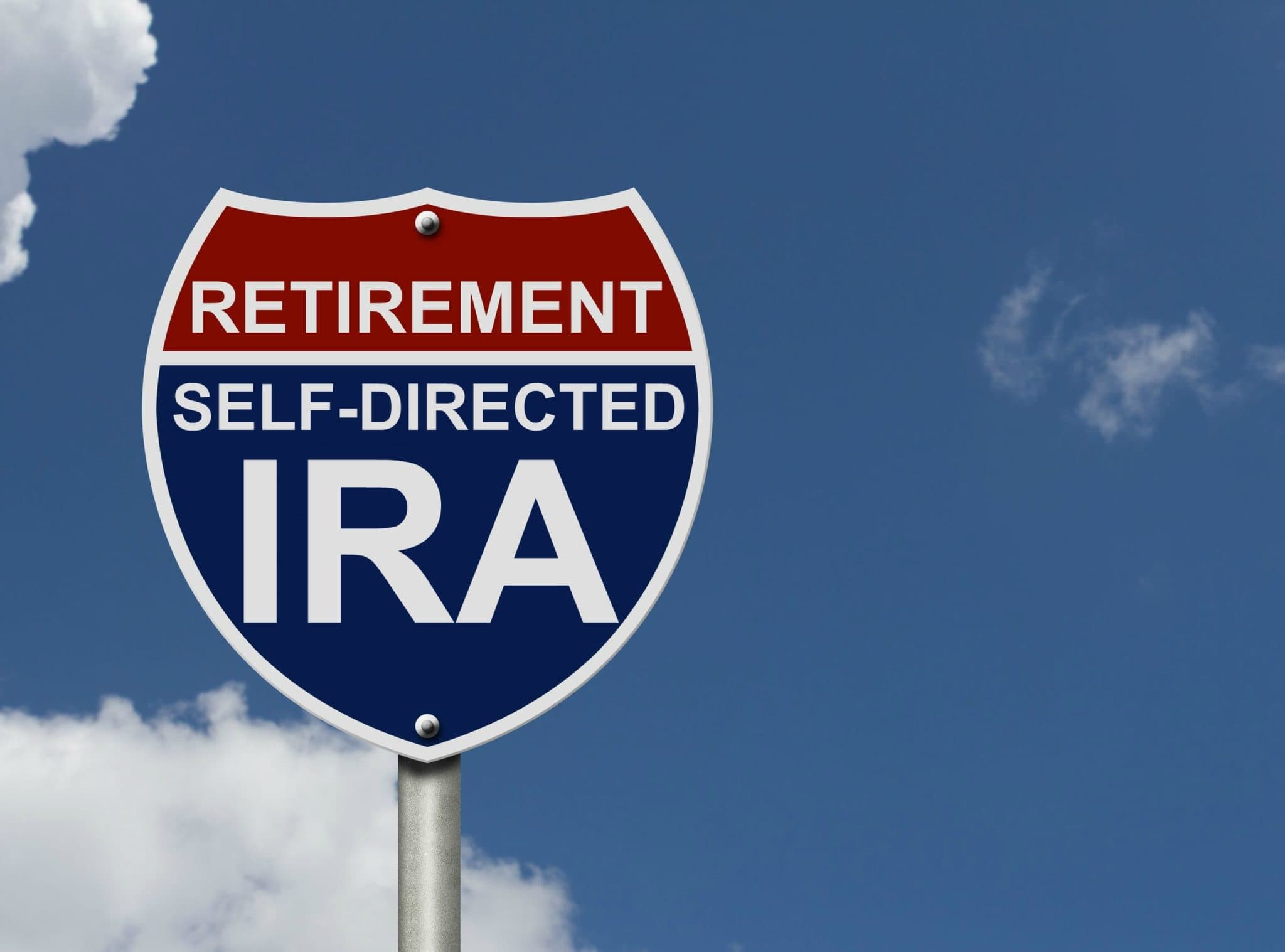Traditional and Roth IRAs are considered relatively “safe” retirement-savings vehicles, but a drawback to them is that they limit your investment choices. A self-directed IRA gives you more flexibility in your investment choices with potentially greater returns, including real estate, precious metals, energy and other alternative investments. On the downside, self-directed IRAs are riskier and can lead to unfavorable tax consequences. Let’s take a closer look at how this retirement-savings vehicle might affect your estate plan.
IRAs and your estate plan
IRAs are designed primarily as retirement-saving tools, but if you don’t need the funds for retirement, they can provide a tax-advantaged source of wealth for your family. For example, if you name your spouse as beneficiary, your spouse can roll the funds over into his or her own IRA after you die, enabling the funds to continue growing on a tax-deferred basis (tax-free in the case of a Roth IRA).
If you name a child (or someone other than your spouse) as beneficiary, that person will have to begin taking distributions immediately. But if the funds are held in an “inherited IRA,” your beneficiary can stretch the distributions over his or her own life expectancy, maximizing the IRA’s tax benefits.
Defining a self-directed IRA
A self-directed IRA is simply an IRA that gives you complete control over investment decisions. Traditional IRAs typically offer a selection of stocks, bonds and mutual funds. Self-directed IRAs (available at certain financial institutions) offer greater diversification and potentially higher returns by permitting you to select virtually any type of investment, including real estate, closely held stock, limited liability company and partnership interests, loans, precious metals, and commodities (such as lumber and oil and gas).
A self-directed IRA can be a traditional or Roth IRA, a Simplified Employee Pension (SEP) plan, or a Savings Incentive Match Plan for Employees (SIMPLE). It’s also possible to have a self-directed individual 401(k) plan, Health Savings Account or Coverdell Education Savings Account.
Self-directed IRAs offer the same estate planning benefits as traditional IRAs, but they allow you to transfer virtually any type of asset to your heirs in a tax-advantaged manner. Self-directed Roth IRAs are particularly powerful estate planning tools, because they offer tax-free investment growth. In addition, Roth IRAs aren’t subject to required minimum distribution (RMD) rules, so you can keep them fully funded beyond age 70½, leaving more for your beneficiaries.
Navigating the tax traps
To avoid pitfalls that can lead to unwanted tax consequences, caution is required when using self-directed IRAs. The most dangerous traps are the prohibited transaction rules. These rules are designed to limit dealings between an IRA and “disqualified persons,” including account holders, certain members of account holders’ families, businesses controlled by account holders or their families, and certain IRA advisors or service providers. Among other things, disqualified persons may not sell property or lend money to the IRA, buy property from the IRA, provide goods or services to the IRA, guarantee a loan to the IRA, pledge IRA assets as security for a loan, receive compensation from the IRA or personally use IRA assets.
The penalty for engaging in a prohibited transaction is severe: The IRA is disqualified and all of its assets are deemed to have been distributed on the first day of the year in which the transaction takes place, subject to income taxes and, potentially, penalties. This makes it virtually impossible to manage a business, real estate or other investments held in a self-directed IRA. So, unless you’re prepared to accept a purely passive role with respect to the IRA’s assets, this strategy isn’t for you.
Is a self-directed IRA right for you?
If you have unique assets, such as precious metals, energy or other alternative investments, a self-directed IRA may be worth your while to consider. However, it’s important to consult your advisor to weigh the potential benefits against the risks.
© 2018


